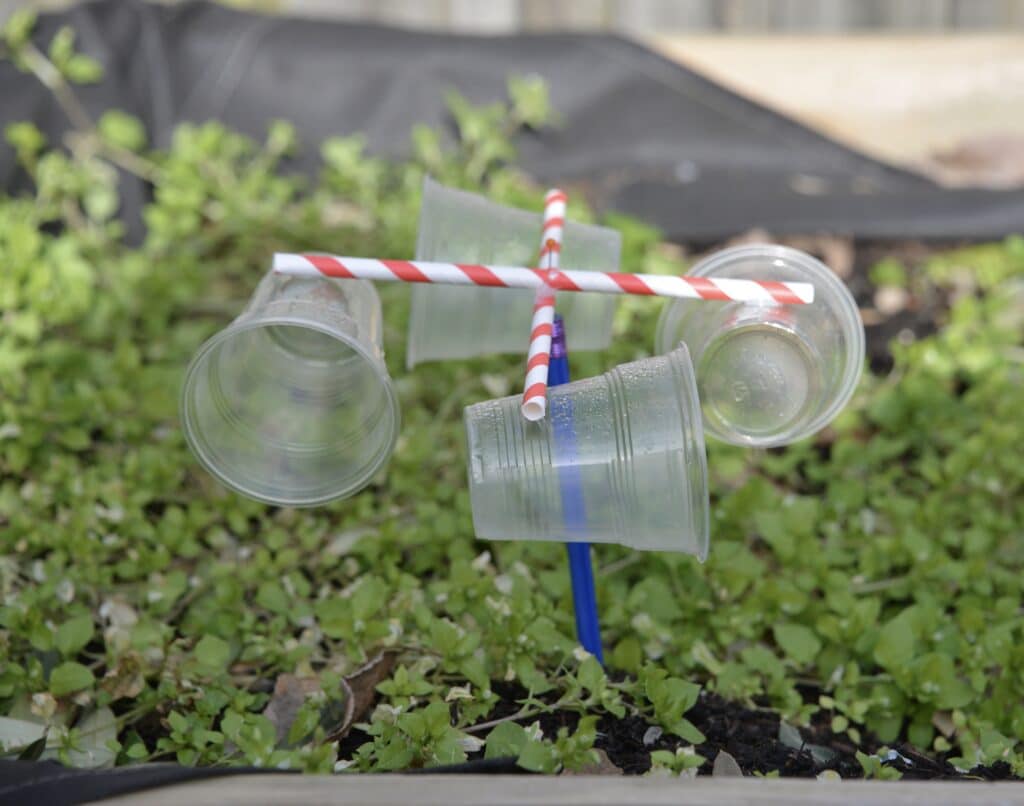Anemometers Introduced: Recognizing Their Significance in Ecological Surveillance and Precaution
The function of anemometers in environmental surveillance and safety and security procedures is frequently undervalued, yet their value is indisputable. These instruments have a lengthy history rooted in clinical query and technical developments, evolving to come to be necessary devices in different areas. From weather forecasting to air travel safety, anemometers play a critical duty in providing precise data that educates decision-making procedures and enhances overall security. Comprehending the intricacies of anemometers unveils a globe of essential understandings that are fundamental to our understanding of the environment and the actions we take to make sure safety and security.
History of Anemometers
The development of anemometers can be traced back to the old worlds where primary wind measuring tools were very first made use of. One of the earliest known anemometers was the hemispherical cup anemometer created by Leon Battista Alberti in the 15th century.
In the 18th century, the renowned researcher John Thomas Romney Robinson introduced the Robinson anemometer, which featured 4 hemispherical cups placed on horizontal arms that extended from a central axis. This style became a requirement in meteorological dimensions because of its accuracy and dependability. For many years, advancements in modern technology resulted in the development of more contemporary anemometers, consisting of ultrasonic anemometers and laser Doppler anemometers, offering enhanced precision and performance in gauging wind rate and direction. The background of anemometers showcases an exceptional journey of advancement and progress in the area of meteorology.
Kinds Of Anemometers
Throughout the field of weather forecasting, different kinds of anemometers have been established to accurately gauge wind speed and direction. The most common type is the mug anemometer, which contains three or 4 mugs placed on straight arms that turn with the wind. As the mugs rotate, the speed at which they rotate is directly proportional to the wind rate. An additional widely used kind is the vane anemometer, which includes a tail or fin that aligns itself with the wind direction. This alignment allows the gadget to establish the wind direction. Sonic anemometers utilize ultrasonic signals to determine wind speed and instructions accurately. They are typically utilized in research study applications because of their high precision. Hot-wire anemometers run based on the concept that the cooling impact of wind on a warmed cord is symmetrical to the wind speed. These anemometers are appropriate for determining low wind speeds with high precision. Each kind of anemometer has its strengths and is picked based on the specific needs of the monitoring job handy.
Applications in Weather Forecasting
Having actually talked about the different kinds of anemometers utilized in meteorology for gauging wind speed and instructions, it is necessary to explore their functional applications in the area. Anemometers play an essential function in meteorology by giving real-time and precise data on wind conditions (anemometer). Meteorologists utilize anemometers to keep an eye on wind speed and instructions to anticipate climate patterns, problem warnings for severe climate click here to read events like tornadoes, storms, and storms, and examine weather for aviation security
In weather forecasting, anemometers aid in recognizing neighborhood and local wind patterns, which are crucial for predicting weather condition adjustments and determining climatic trends. These tools are also utilized in research to examine microclimates, urban warm islands, and air pollution dispersion. Additionally, anemometers are employed in agriculture to maximize plant administration practices, such as watering and pesticide application, based on wind problems.
Importance in Aeronautics Security
An essential facet of making sure aviation safety hinges on the careful monitoring of wind problems using anemometers. Anemometers play a crucial role in aviation by providing real-time data on wind speed and instructions, helping pop over to this site pilots in making notified choices throughout landing, liftoff, and flight. Unforeseeable and solid winds can dramatically impact airplane procedures, making it essential for aviation authorities to count on precise wind dimensions to make sure the safety and security of guests and staff.

In the dynamic setting of aviation, where also minor changes in wind rate and instructions can have extensive results, anemometers stand as indispensable tools for promoting protected and secure flight.
Function in Environmental Research Study
How do anemometers add to advancements in ecological research study? Anemometers play a crucial duty in environmental research study link by giving essential information on wind rate and direction. This info is important for recognizing numerous atmospheric procedures, such as air pollution dispersion, weather condition patterns, and climate change. By precisely gauging wind features, anemometers help researchers analyze the movement of contaminants in the air, evaluate the influence of industrial emissions, and anticipate the spread of impurities in the environment.


Verdict
To conclude, anemometers have actually played an important role in environmental surveillance and safety actions. With an abundant history and numerous types available, these gadgets have been widely utilized in weather forecasting, air travel safety, and ecological research study. Comprehending the importance of anemometers is crucial for properly determining wind speed and direction, which is vital for predicting climate patterns, ensuring risk-free air travel procedures, and performing ecological researches - anemometer. Their payments to these areas can not be ignored.
One of the earliest recognized anemometers was the hemispherical mug anemometer developed by Leon Battista Alberti in the 15th century. Over the years, developments in modern technology led to the advancement of even more modern anemometers, including ultrasonic anemometers and laser Doppler anemometers, providing raised precision and efficiency in gauging wind speed and direction. Hot-wire anemometers run based on the concept that the cooling result of wind on a warmed wire is proportional to the wind rate. Meteorologists make use of anemometers to keep track of wind speed and direction to anticipate climate patterns, problem cautions for extreme climate occasions like cyclones, twisters, and tornados, and assess atmospheric problems for aviation security.
Understanding the relevance of anemometers is important for accurately measuring wind rate and instructions, which is essential for forecasting climate patterns, making certain secure air travel procedures, and conducting ecological research studies. (anemometer)